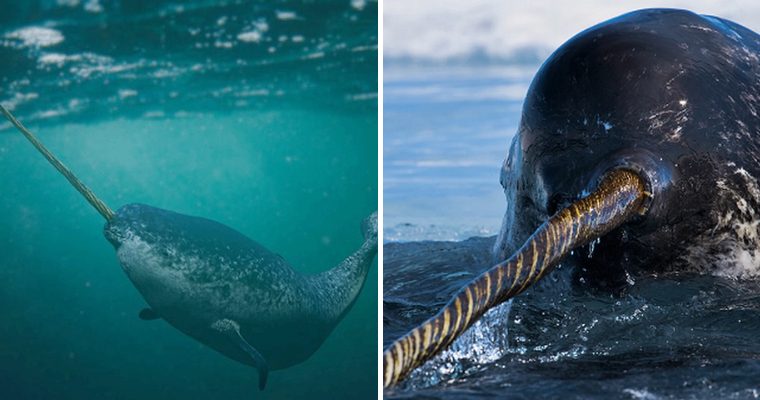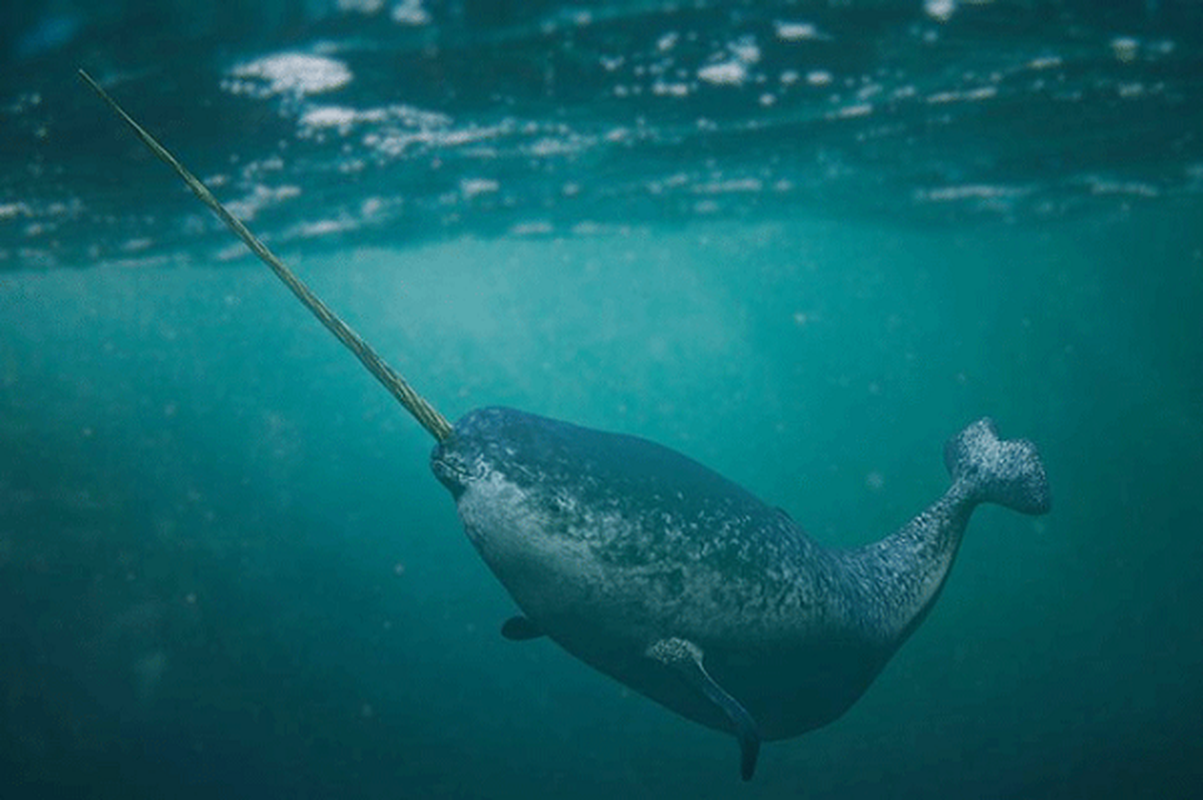
Unveiling the Narwhal’s Tusk: Contrary to common belief, the narwhal’s horn is not truly a horn but rather a specialized tooth. This elongated canine tooth grows spirally and resembles ivory in texture. Male narwhals sport a single tusk that continues to grow throughout their lives, reaching lengths of 1.5 to 3.1 meters and weighing approximately 10 kilograms.
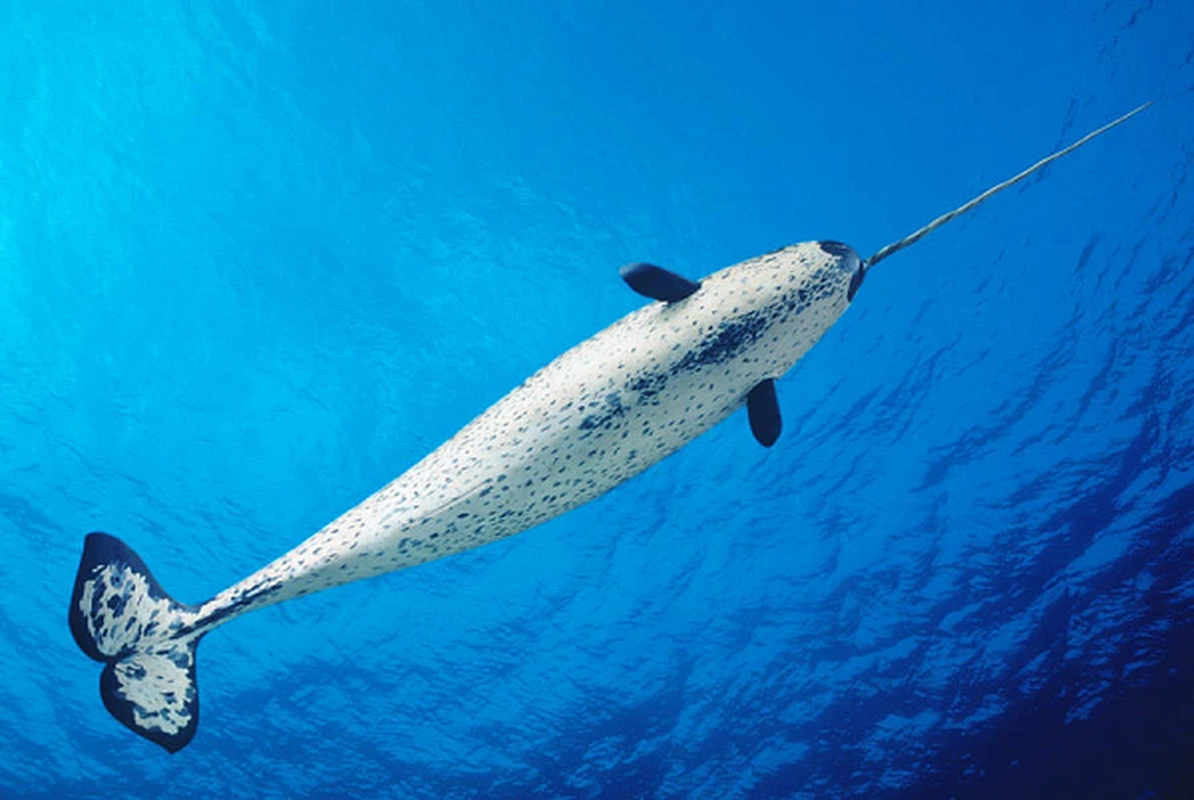
The Rarity of Right Tusks: Remarkably, most male narwhals feature left-facing tusks, with only about one in 500 males developing right-facing tusks. In contrast, approximately 15% of female narwhals possess tusks, albeit smaller and lacking the characteristic spiral shape. Notably, the narwhal’s tusk does not serve a prominent role in their daily life.
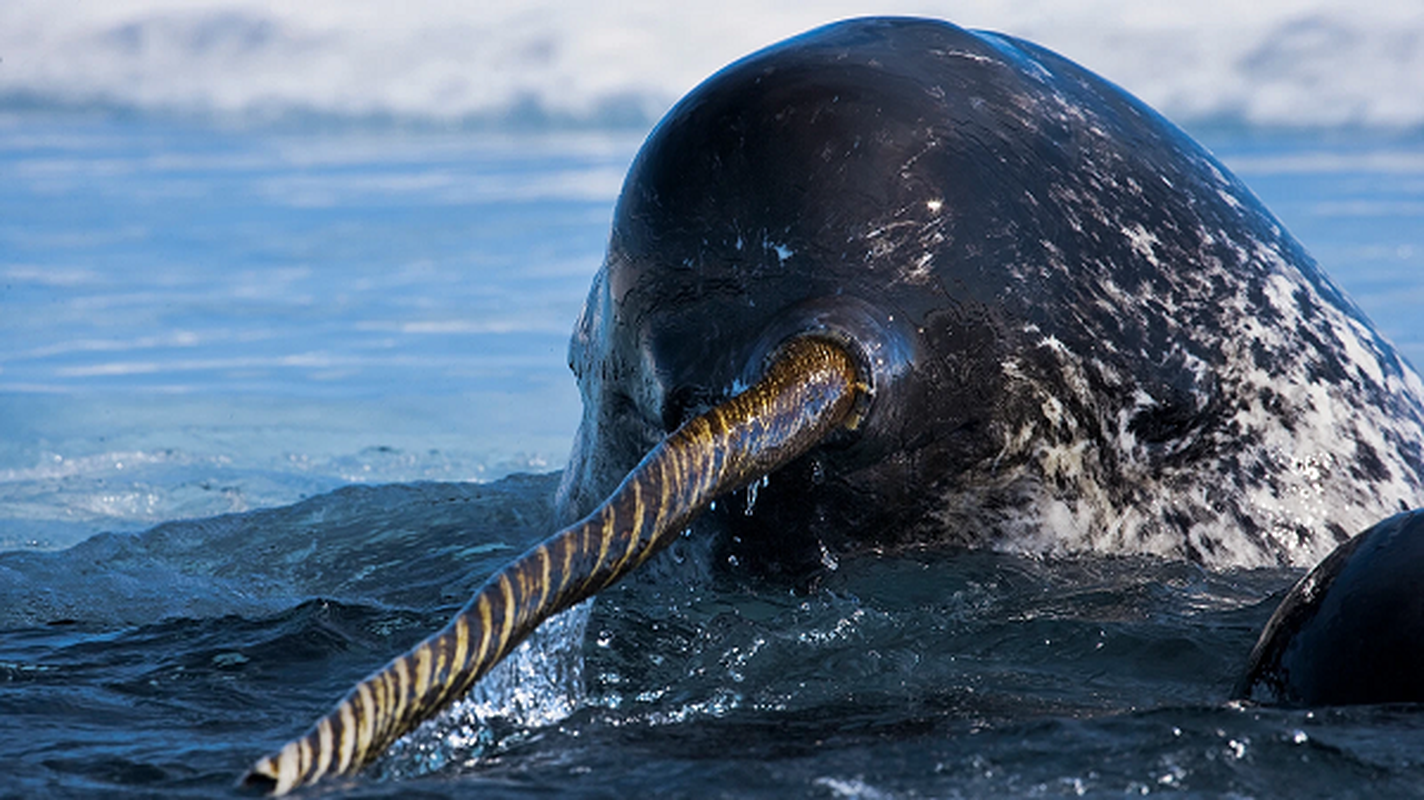
Mysterious Uses of the Tusk: While several theories have been proposed regarding the function of the narwhal’s tusk, such as breaking ice, sensing temperature, navigation, or hunting, none have been definitively proven. The tusk remains an enigma, adding to the mystique of these creatures.
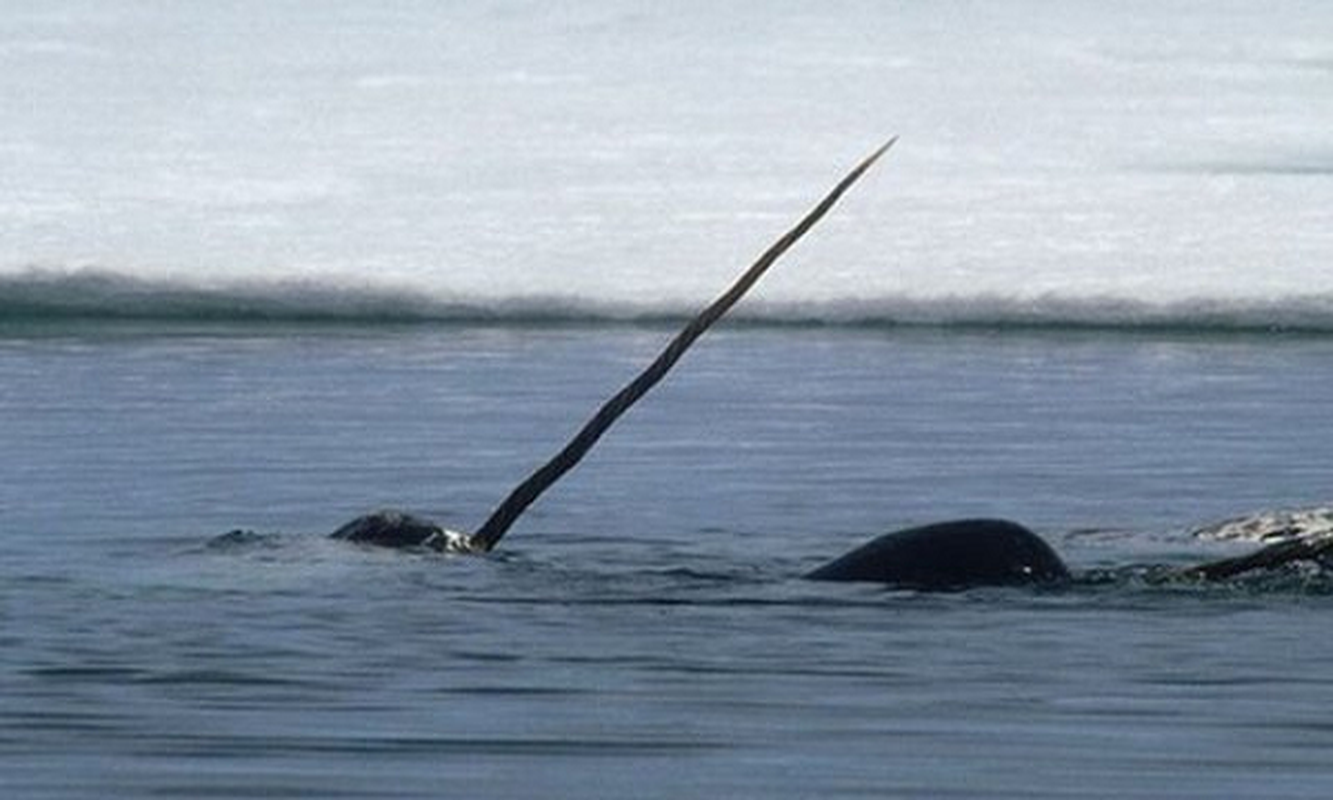
Historical Significance: In the Middle Ages, narwhal horns were believed to possess curative properties, and they were ground into powder to treat various ailments. Additionally, these unique tusks found their way into numerous works of art, including adorning the Danish king’s throne in the 1600s.
The Allure of Narwhal Tusks Today: Even in modern times, narwhal tusks continue to captivate with their beauty and rarity, attracting the attention of the super-rich. These tusks are highly coveted and can command prices ranging from $4,000 to $15,700, often likened to the value of gold
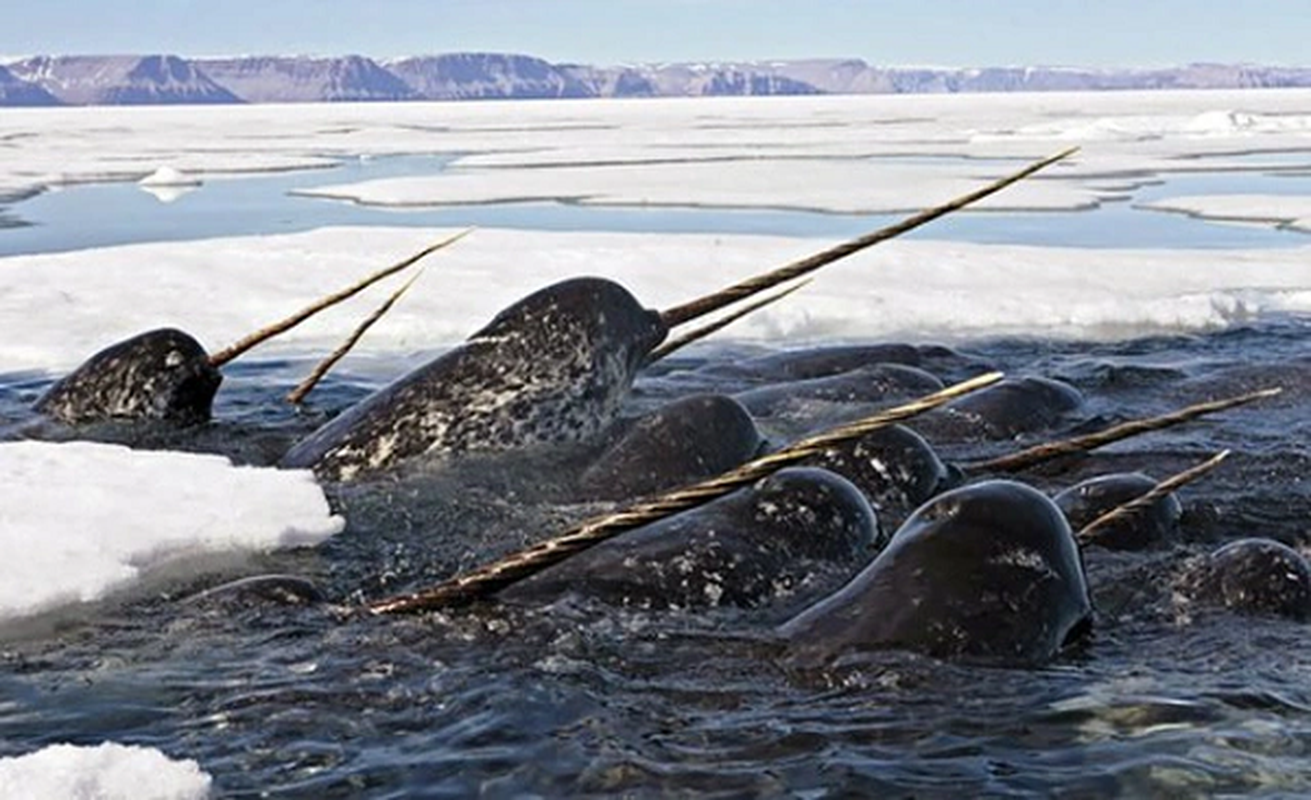
Historical Extravagance: Queen Elizabeth I (1533-1603) once paid the equivalent of a castle to acquire rare narwhal tusks, exemplifying the lengths people went to in pursuit of profit from narwhal hunting.
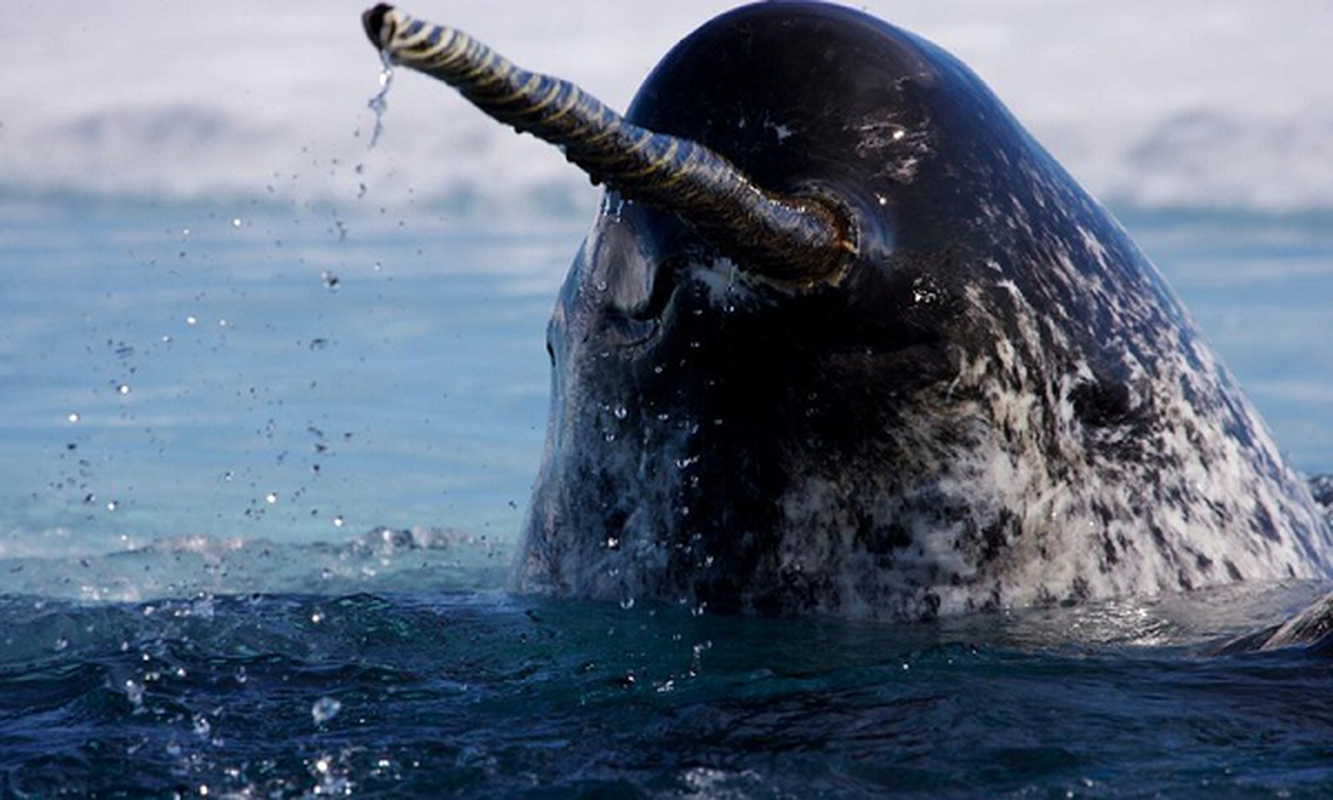
Conservation Concerns: While the International Union for Conservation of Nature (IUCN) does not classify narwhals as immediately endangered, the approximately 75,000 individuals in the wild today still face potential threats. Moreover, the effects of global warming, leading to diminishing Arctic sea ice, render narwhals more vulnerable to both human hunting and natural predators like killer whales and Greenland sharks.
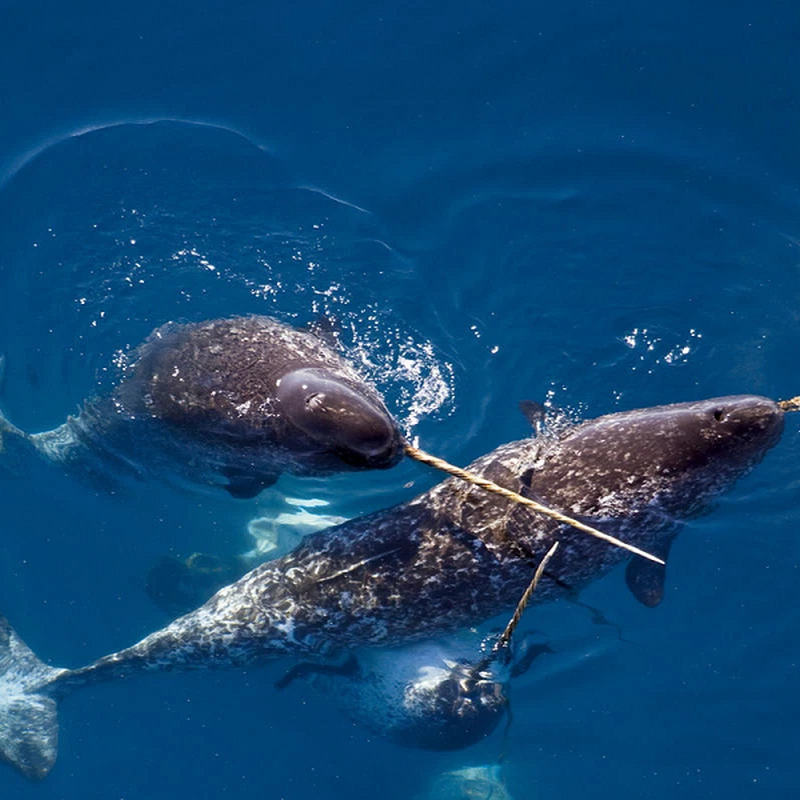
Longevity and Survival Tactics: Narwhals can live up to 50 years and exhibit unique survival strategies. They often seek refuge by hiding under ice or staying submerged for extended periods to evade predators, rather than relying on swift escape. Natural adversaries of narwhals include polar bears, walruses, killer whales, and Greenland sharks.
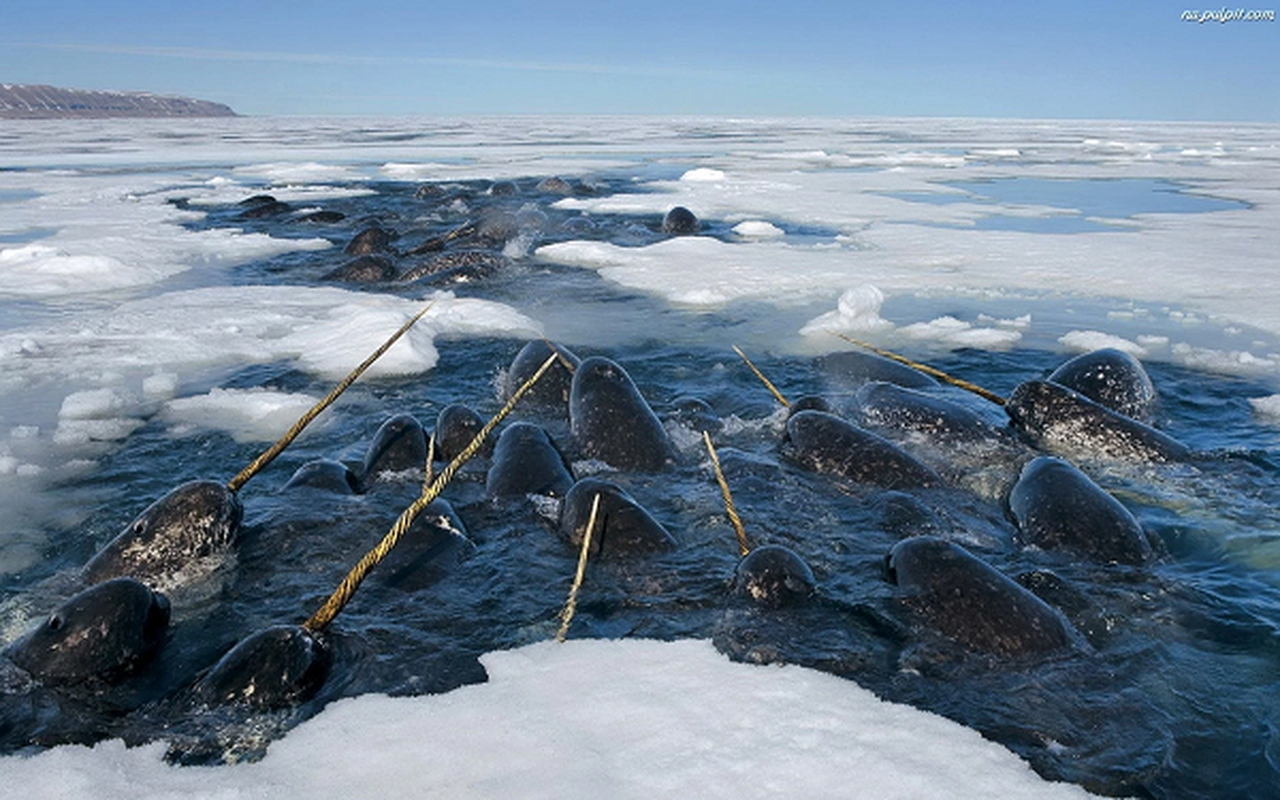

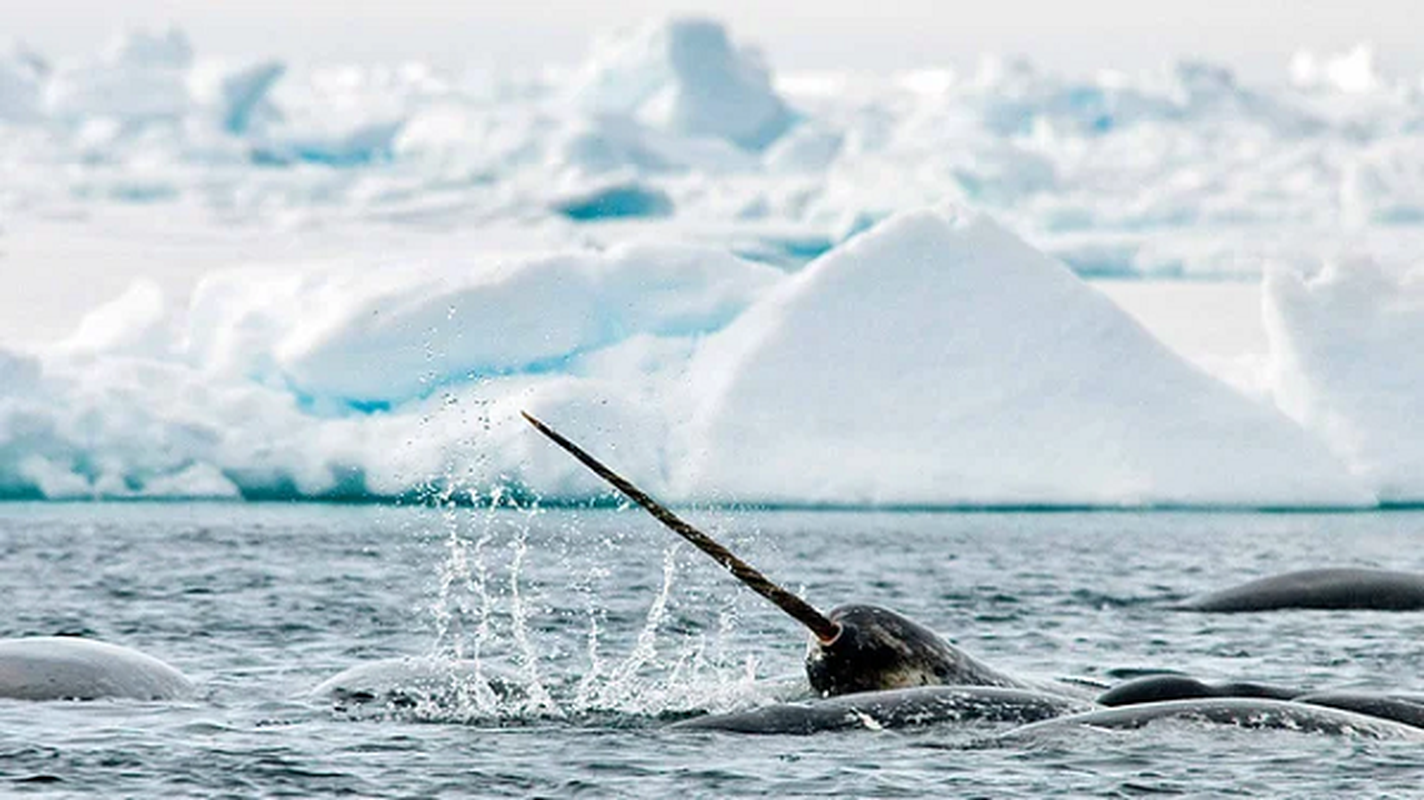
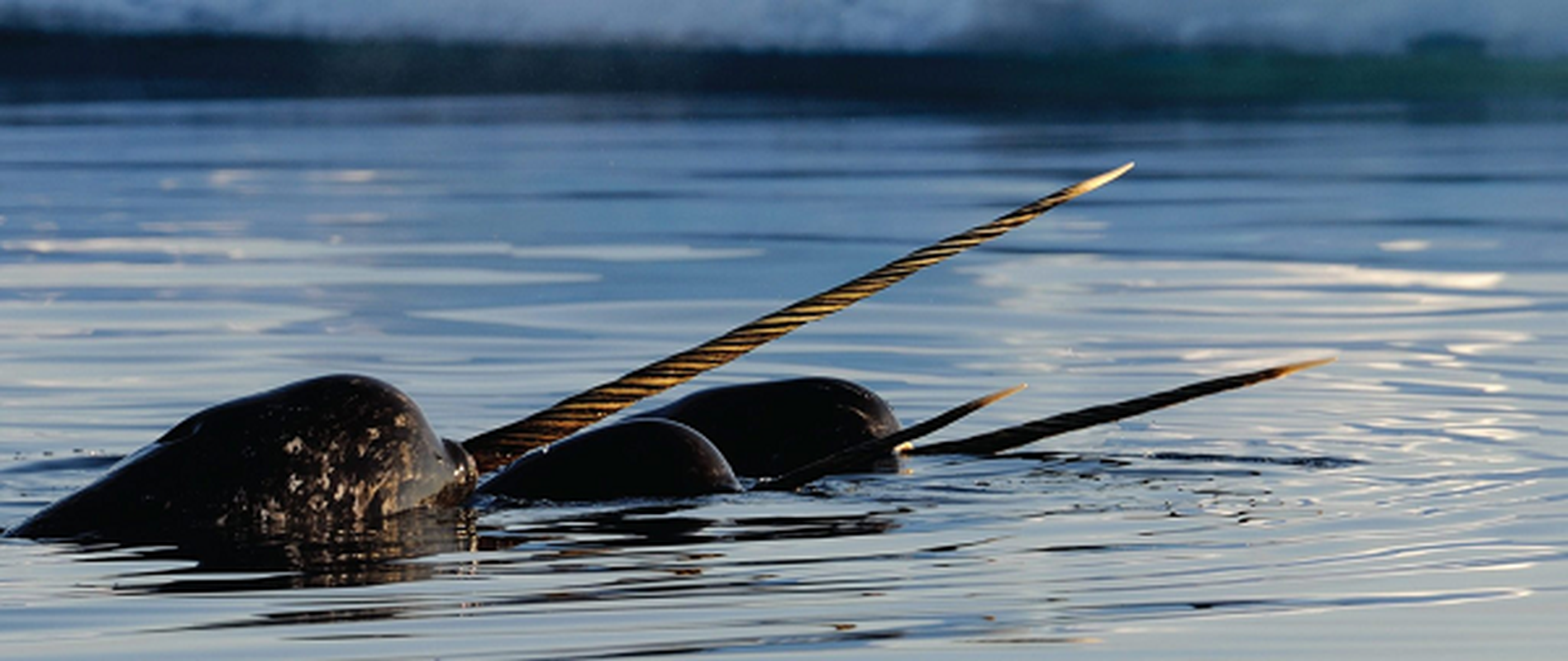
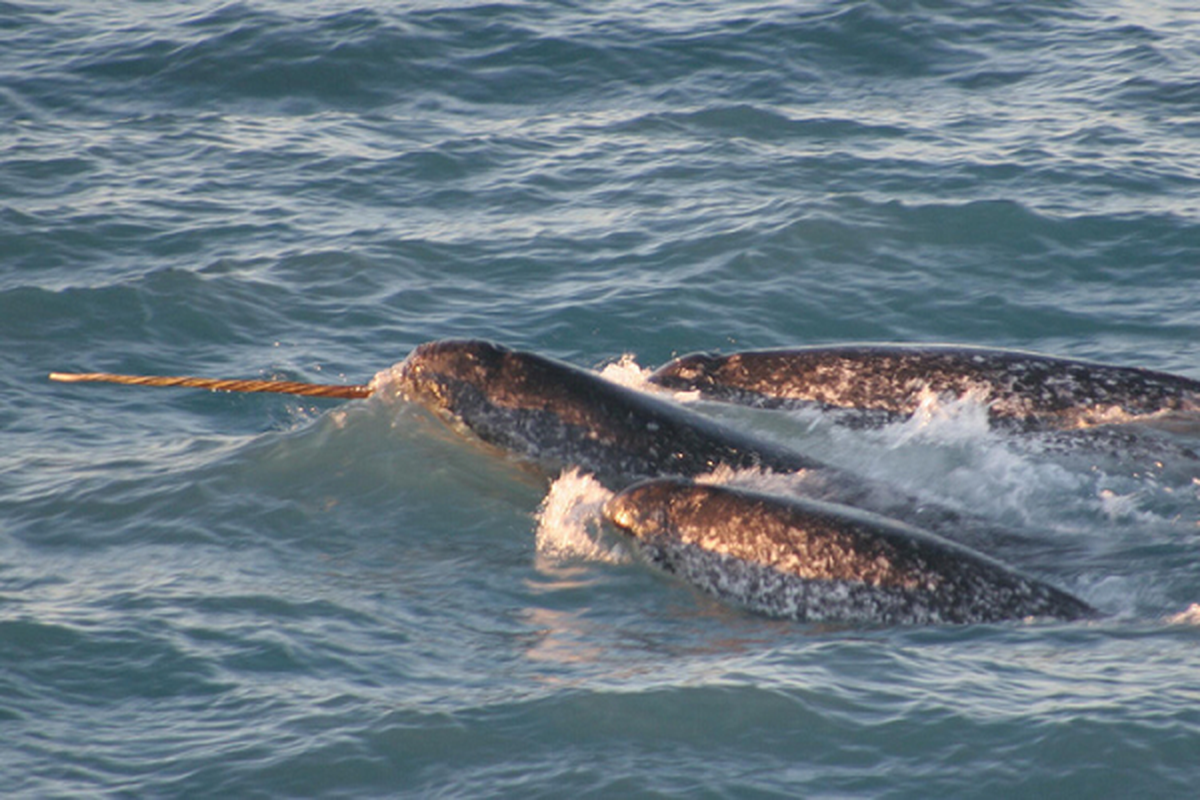
Intriguing and elusive, narwhals continue to capture the imagination of both scientists and enthusiasts, reminding us of the enchanting mysteries that the oceans hold.
